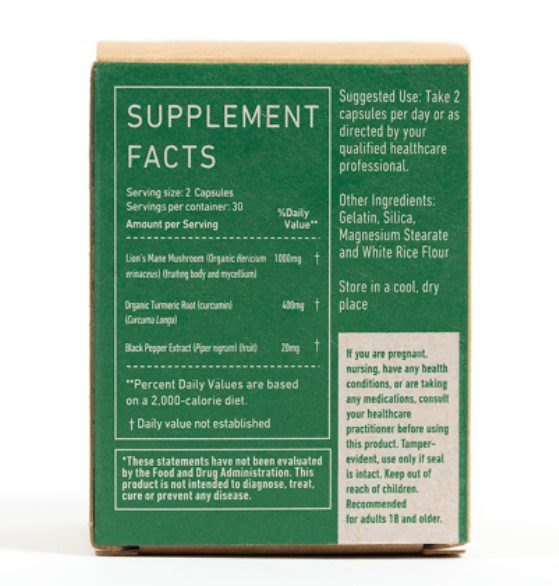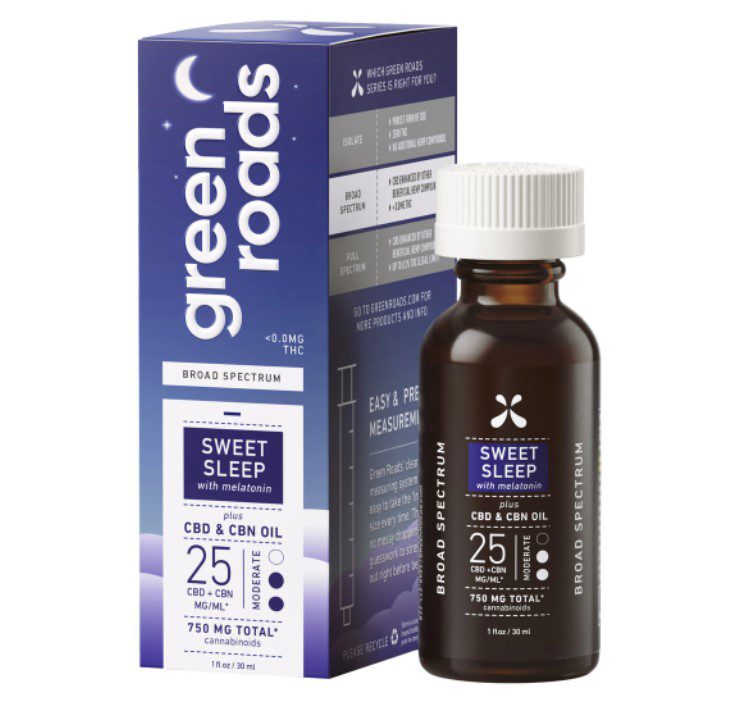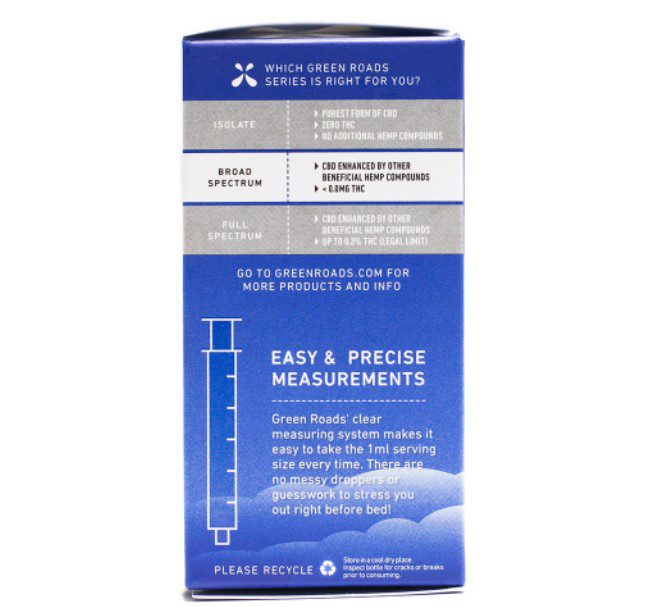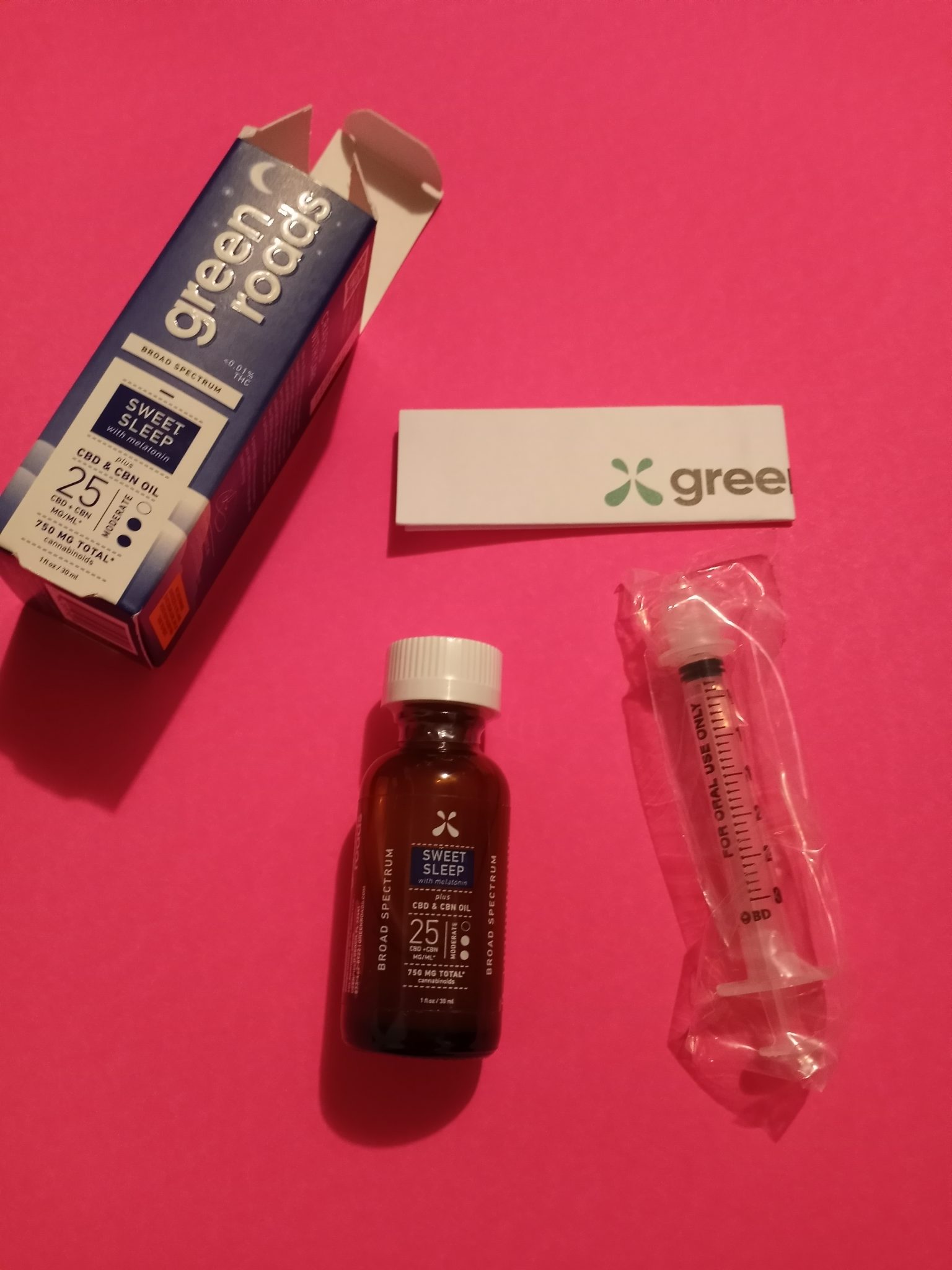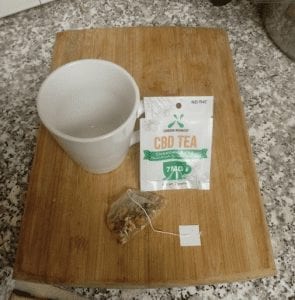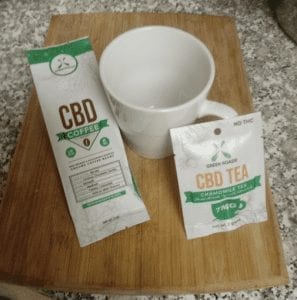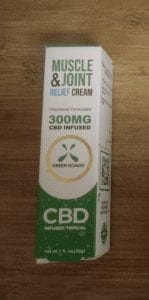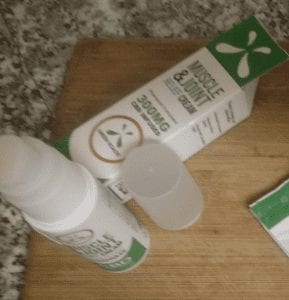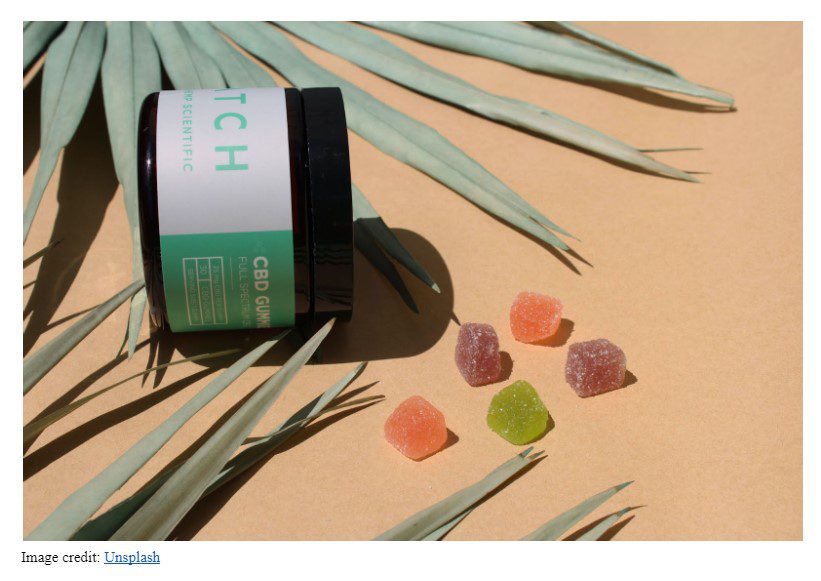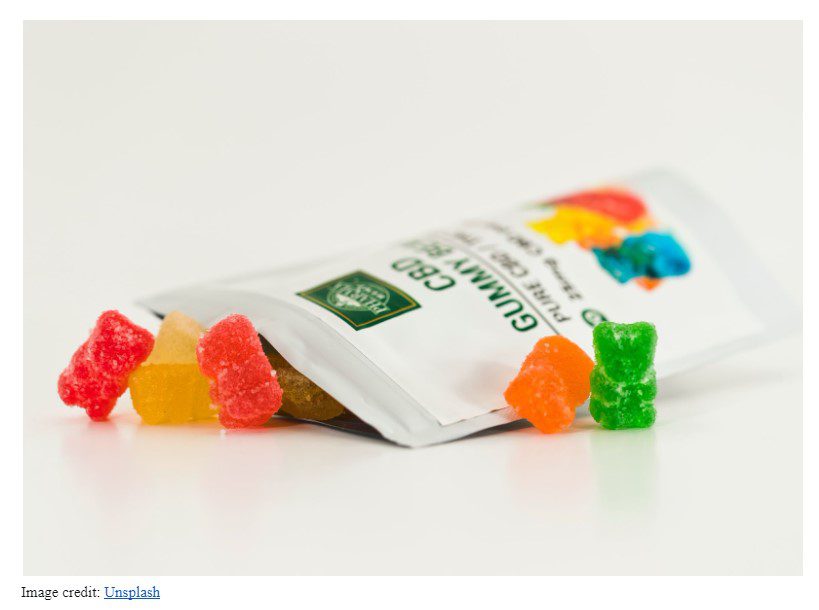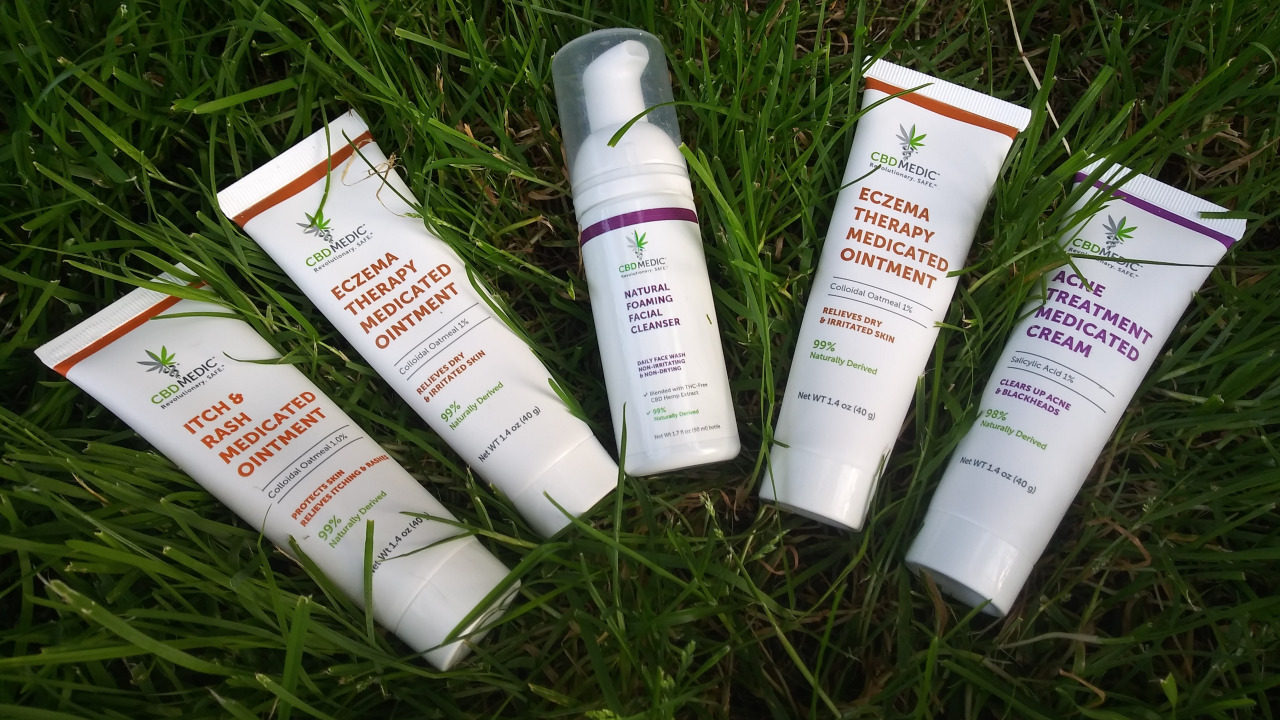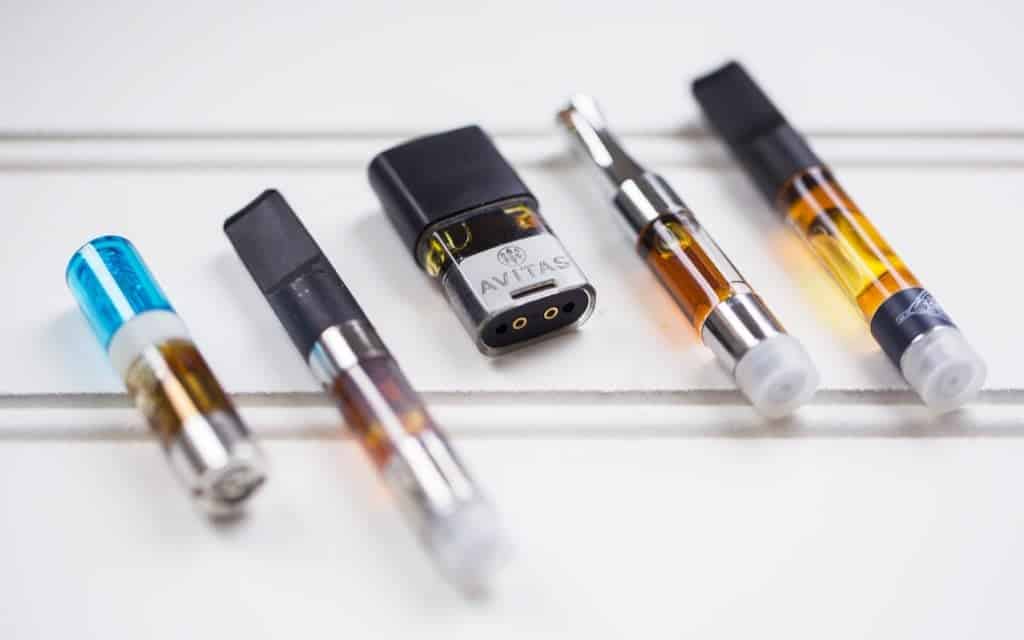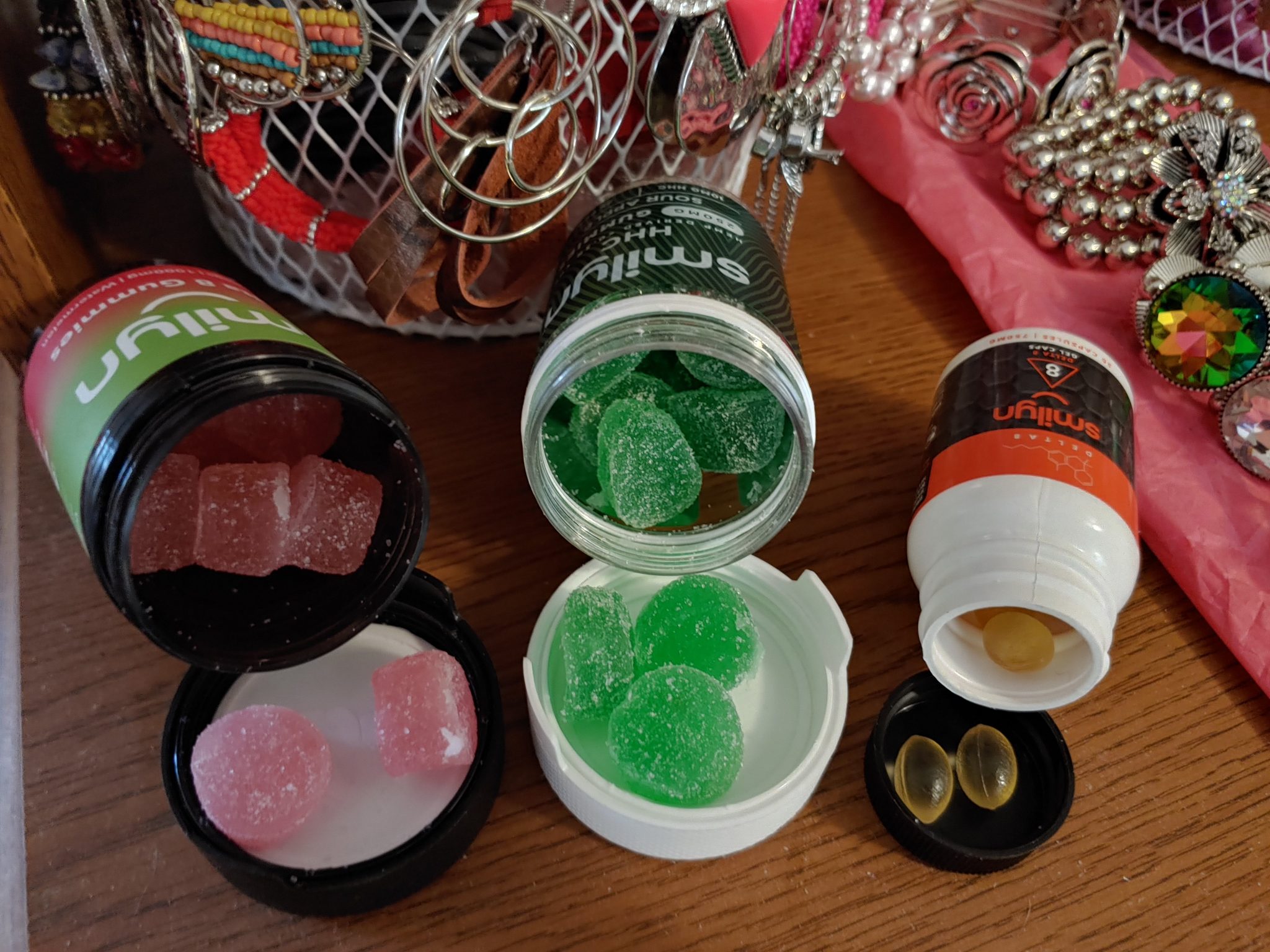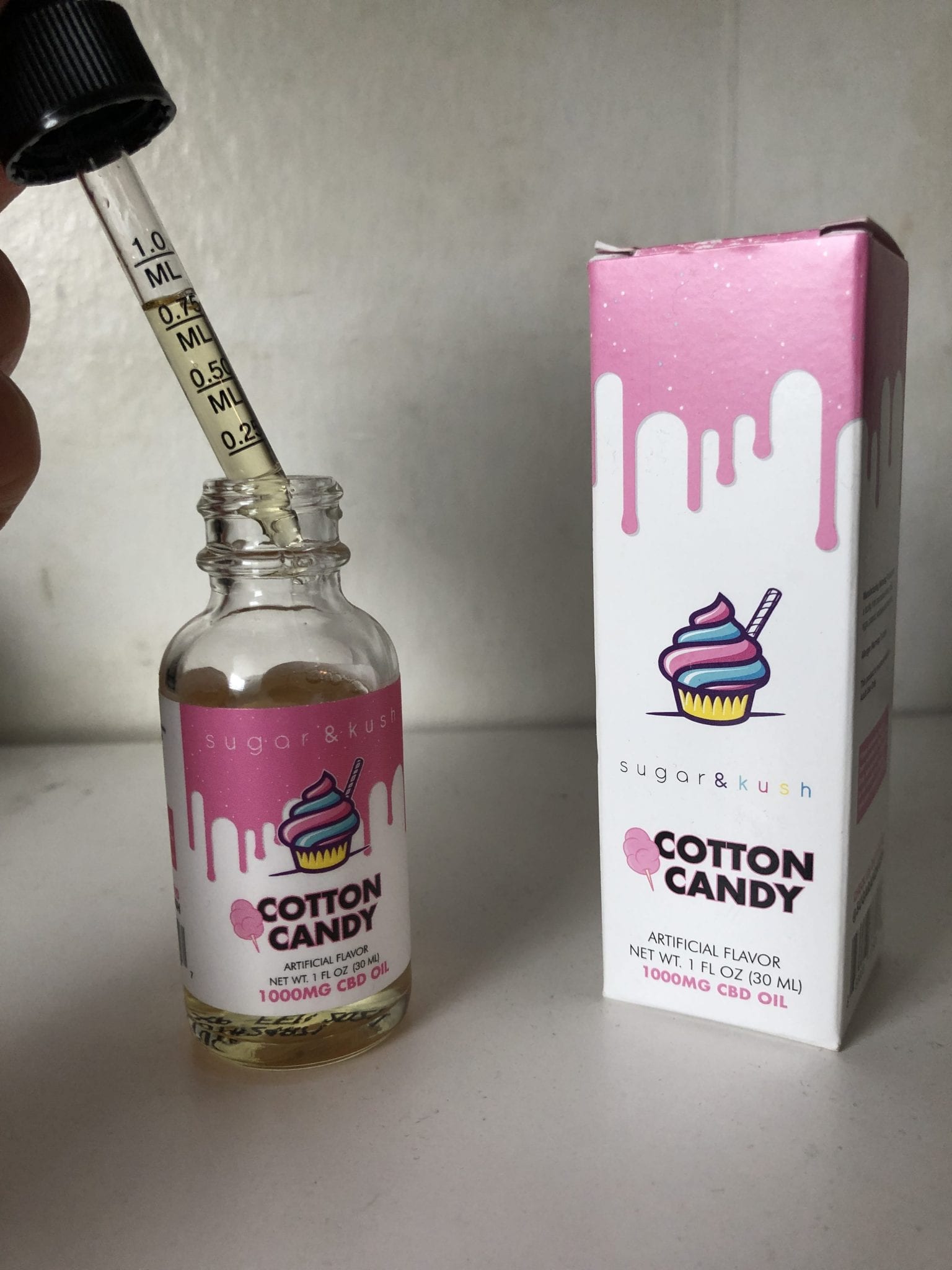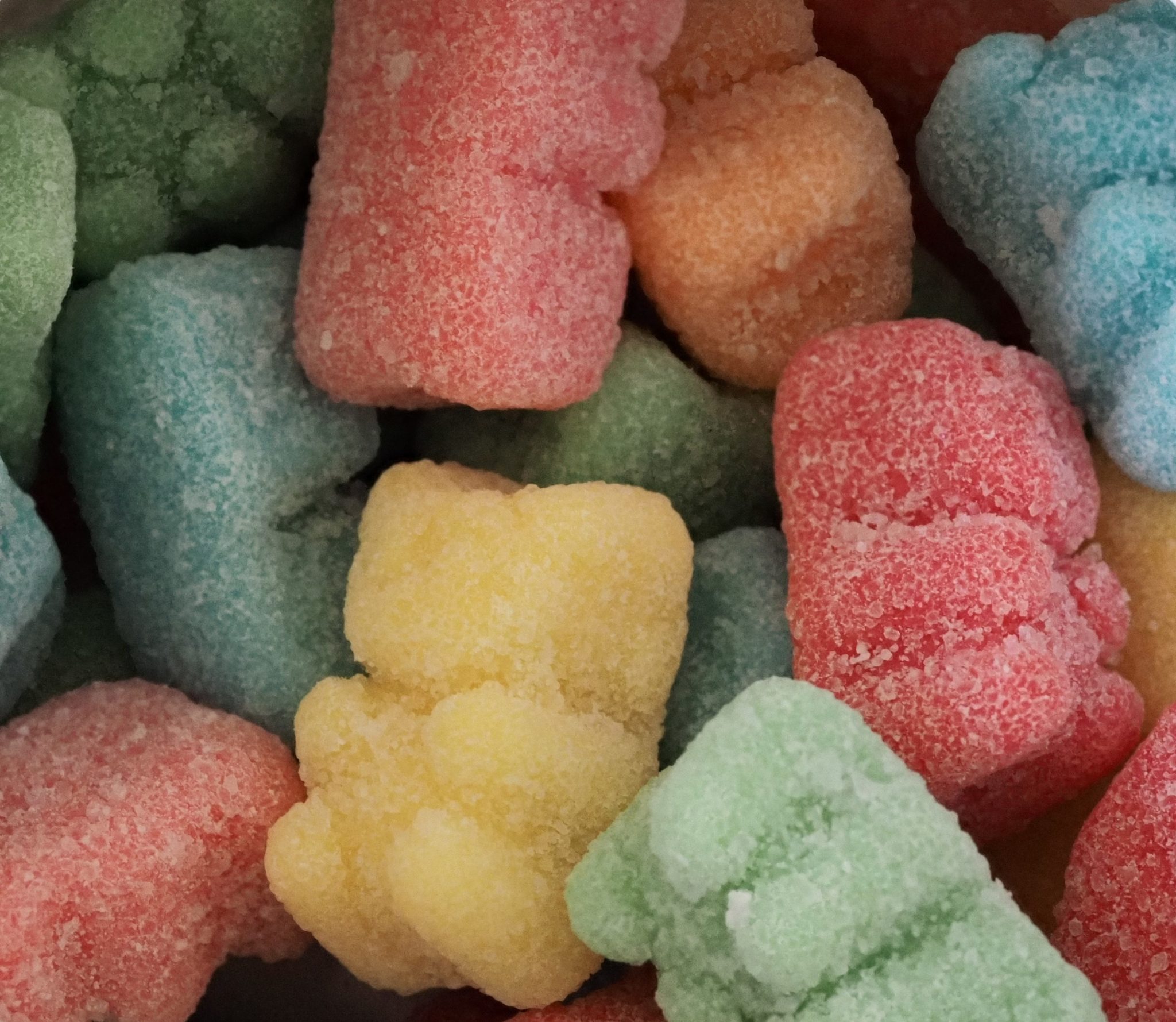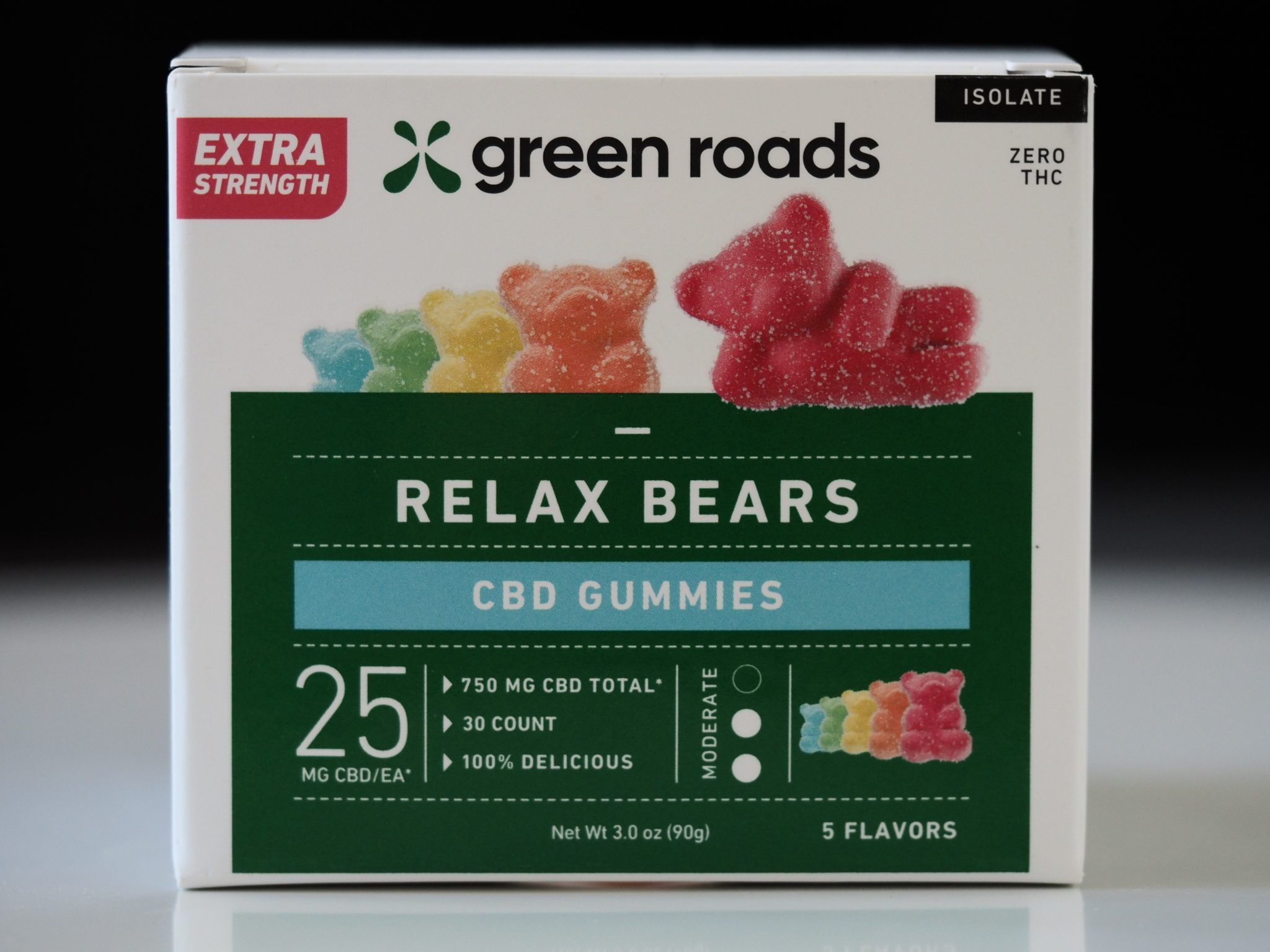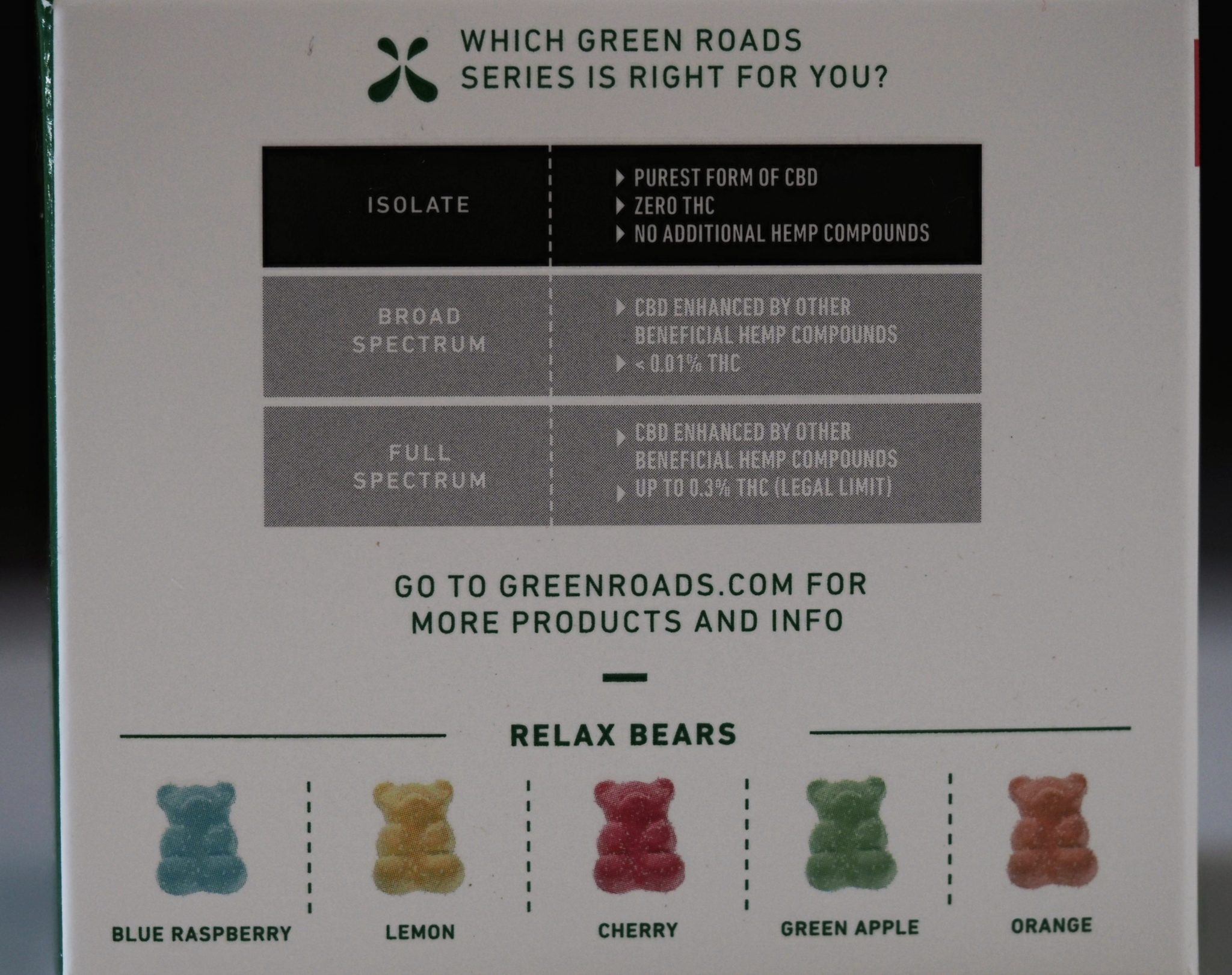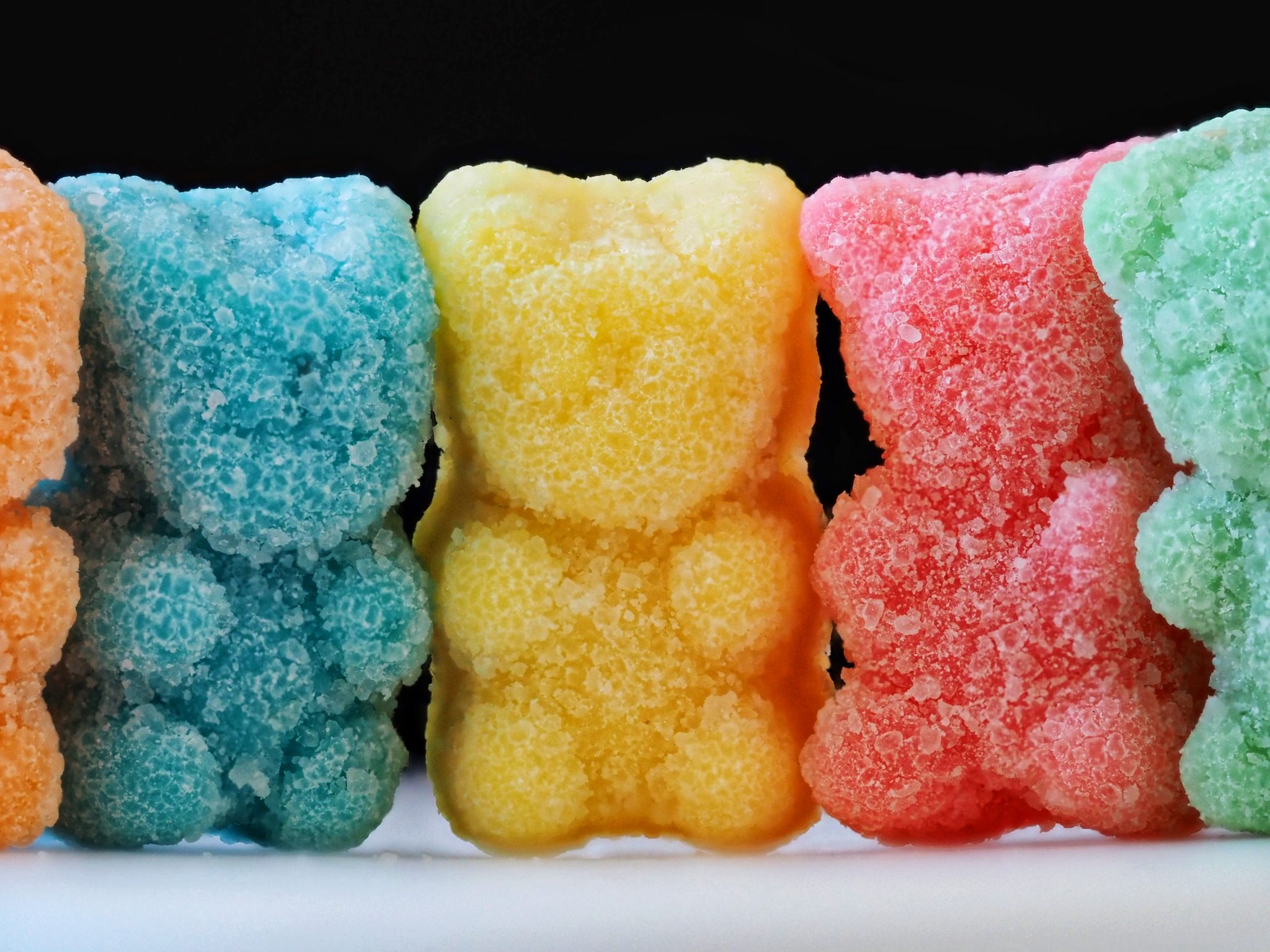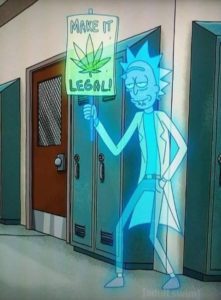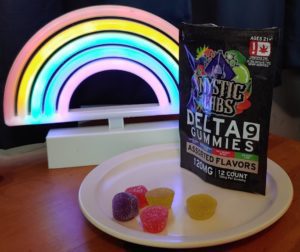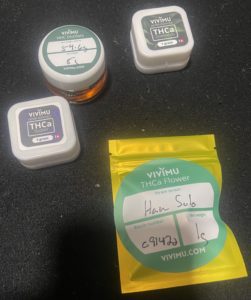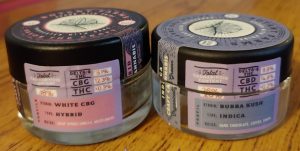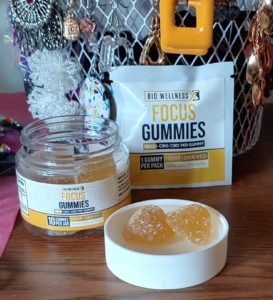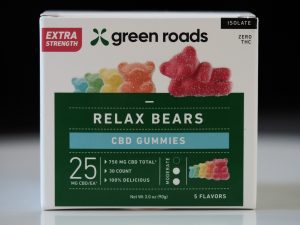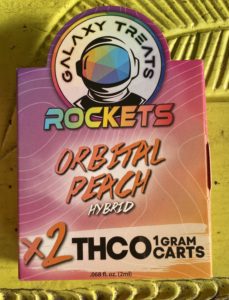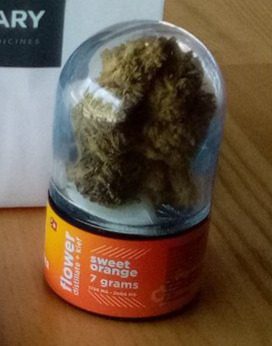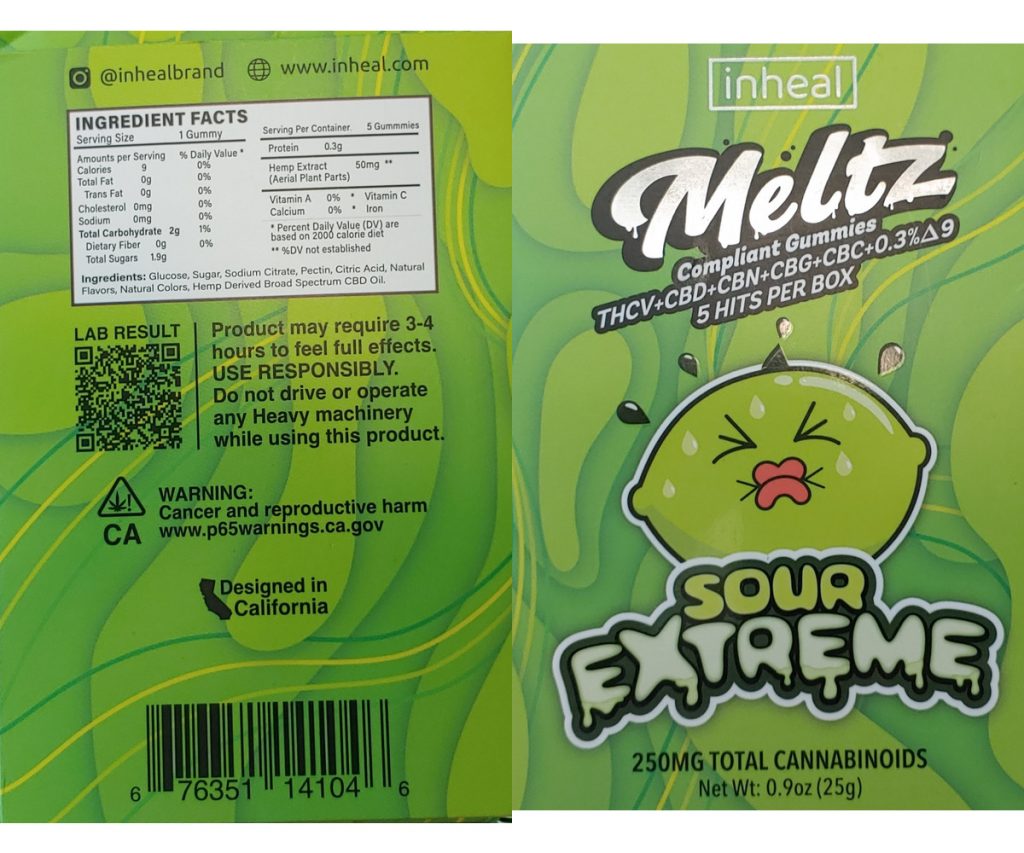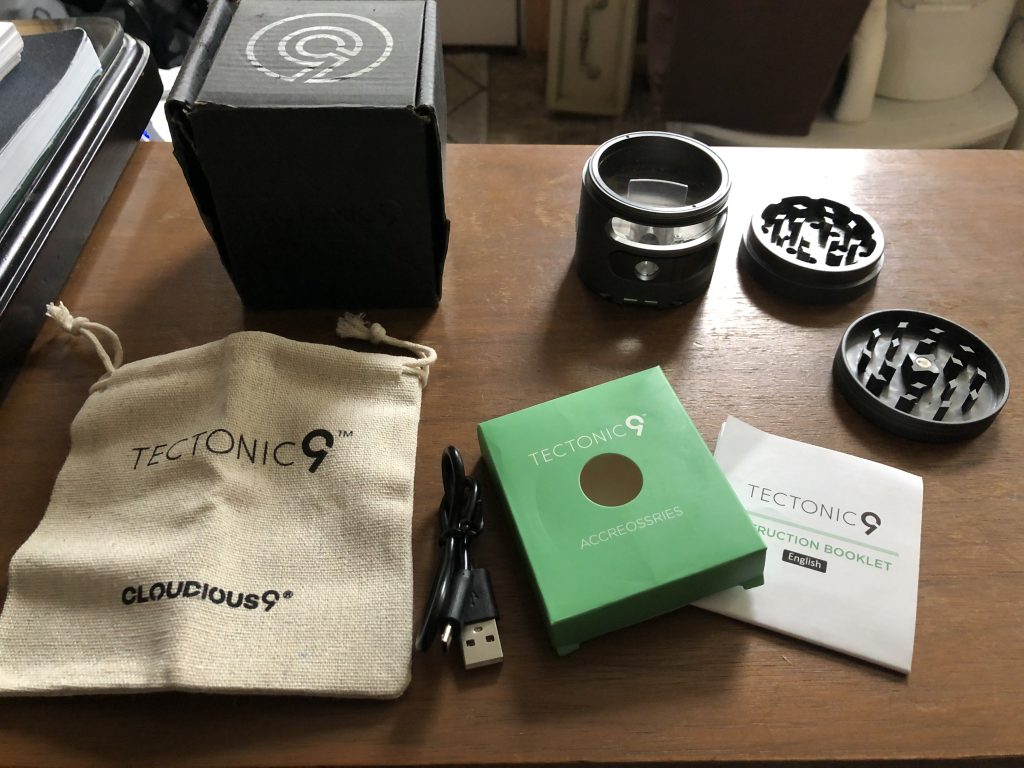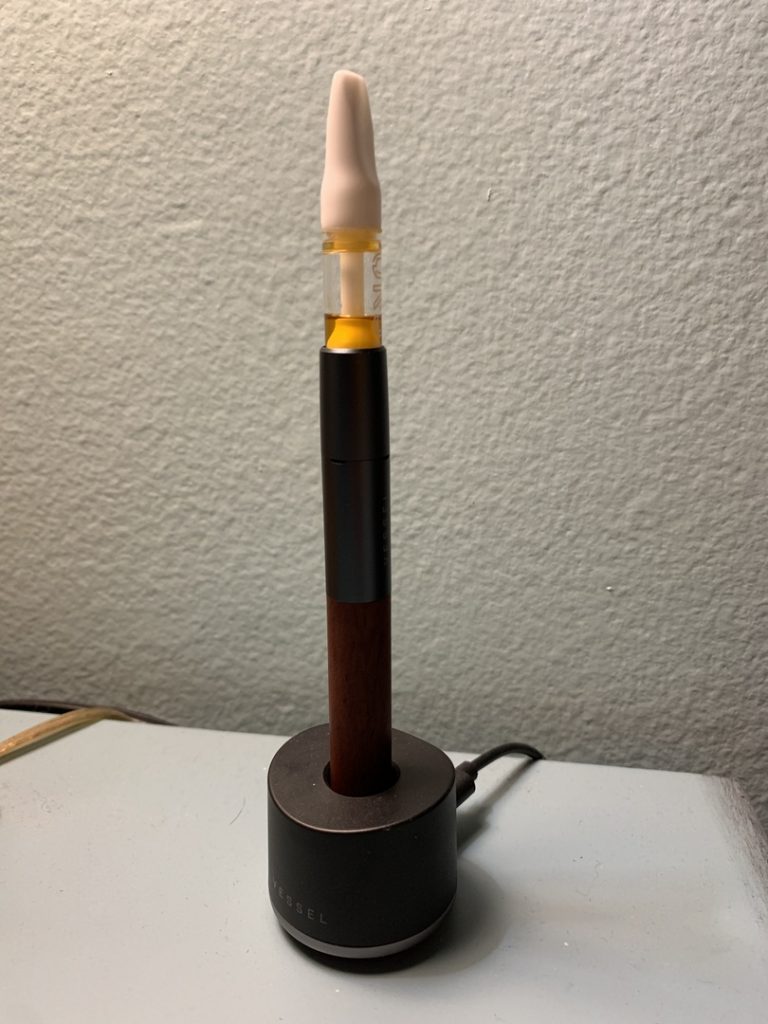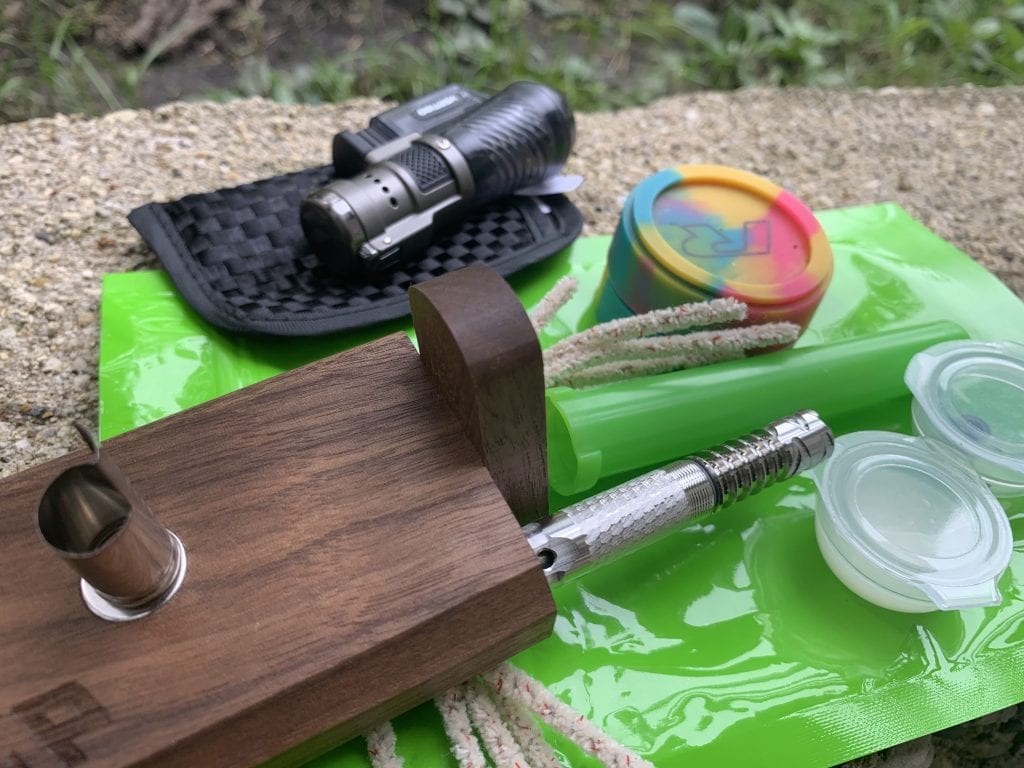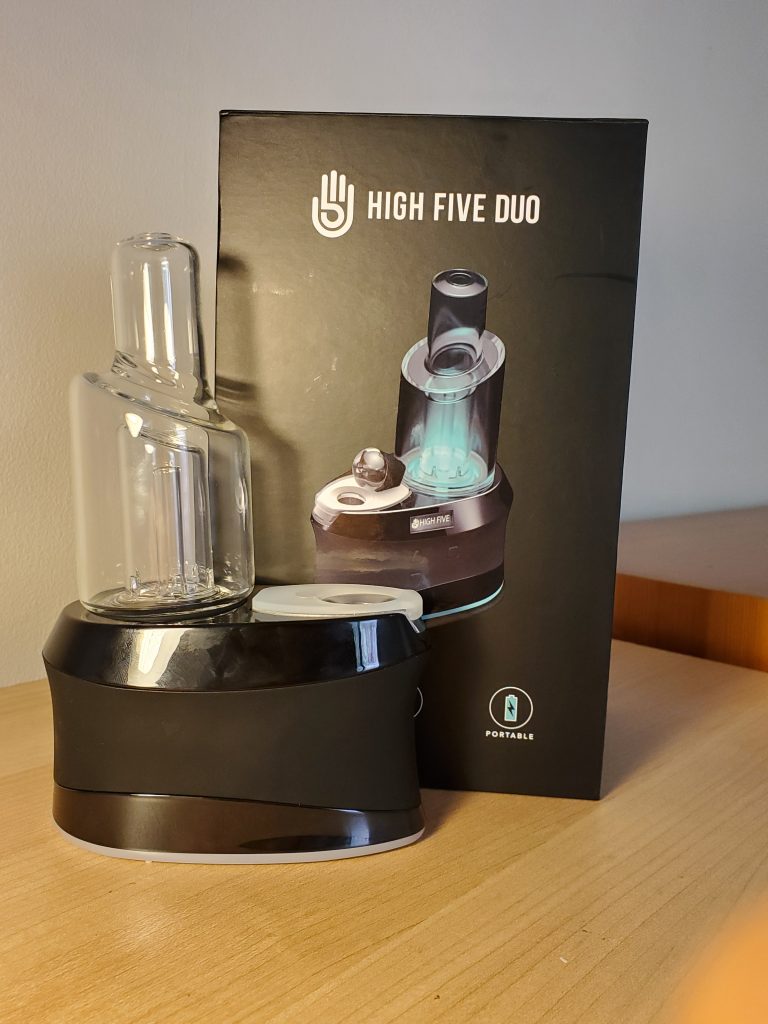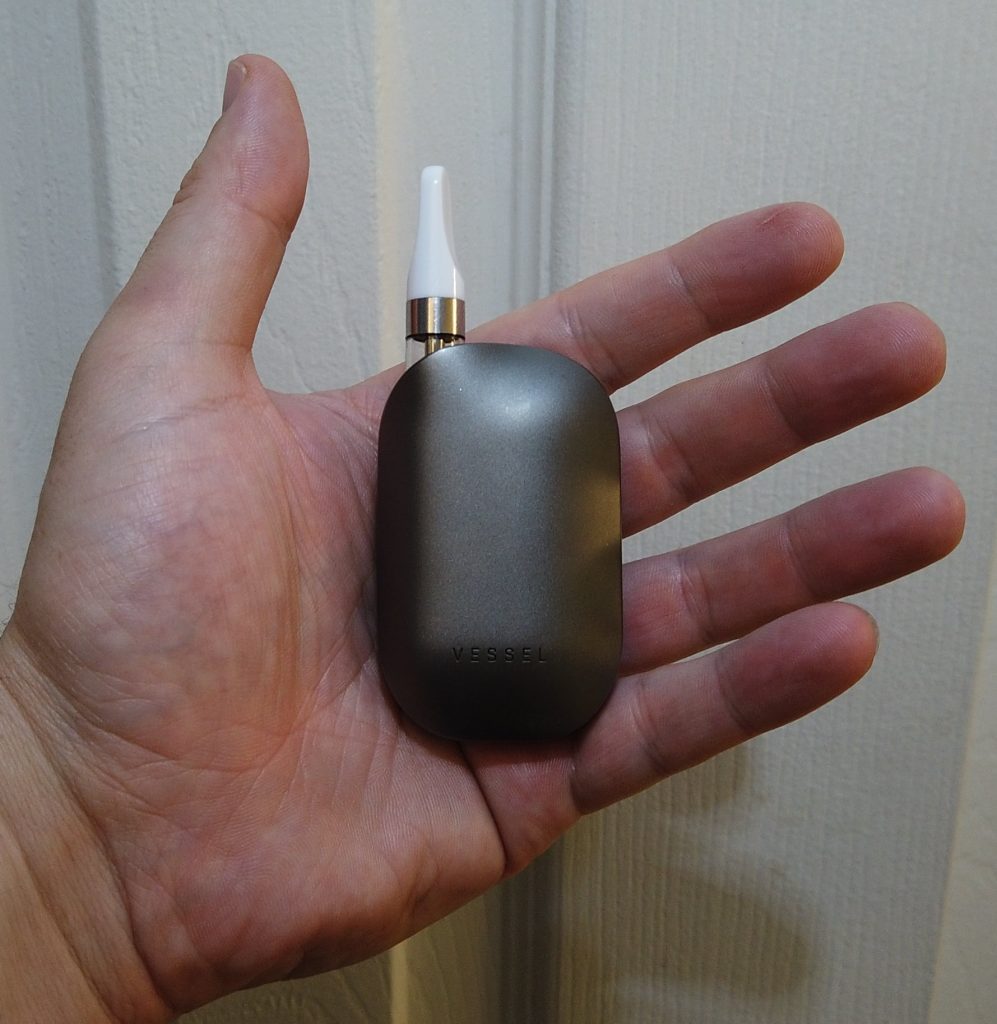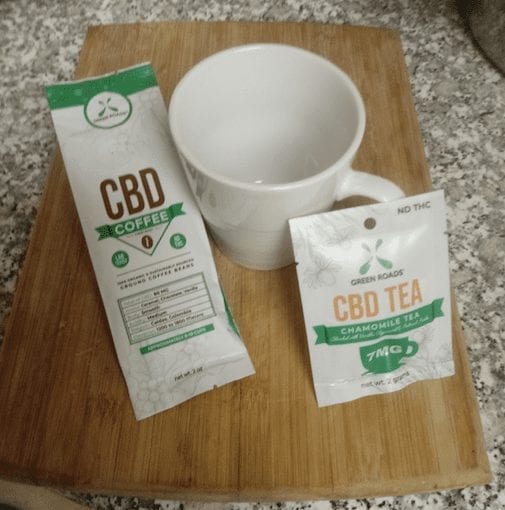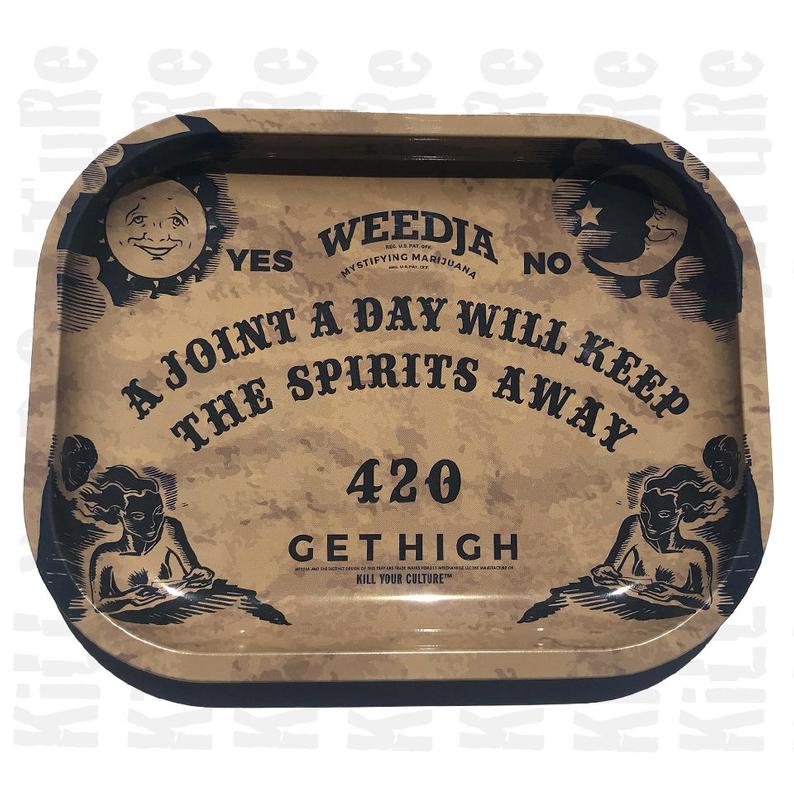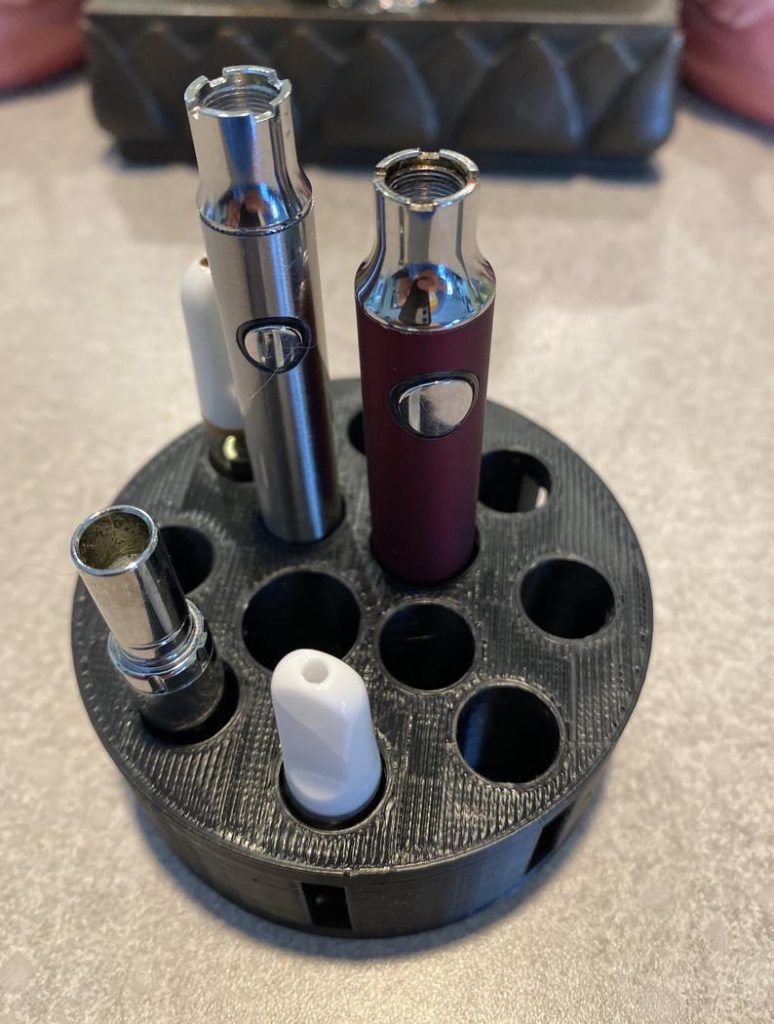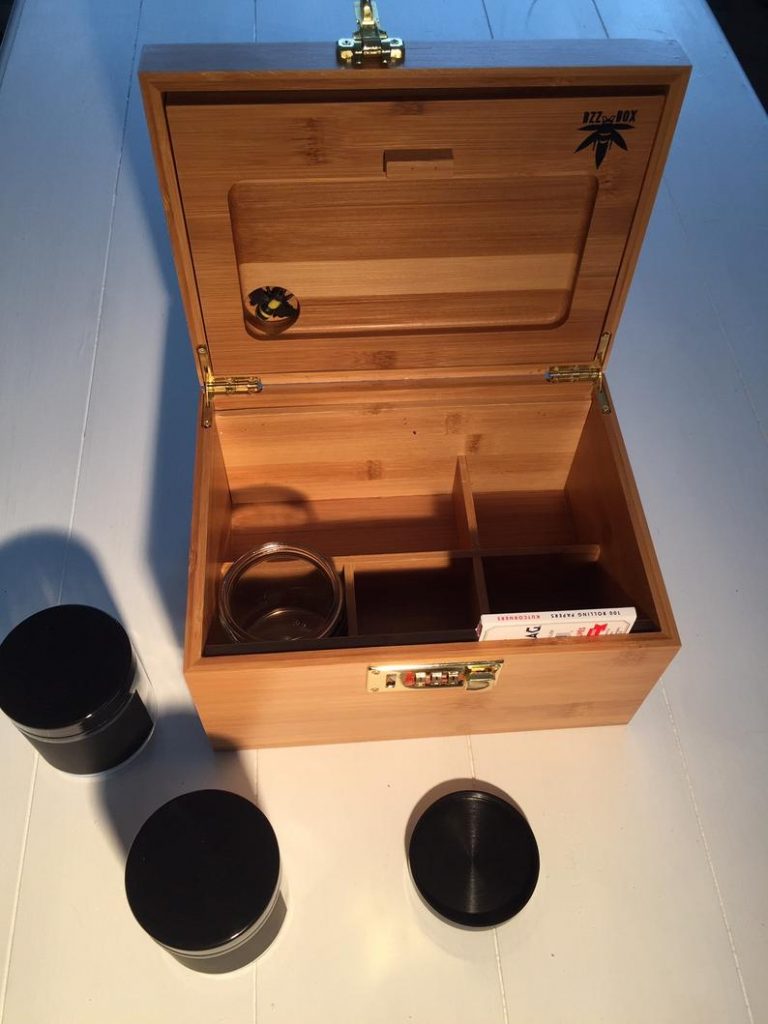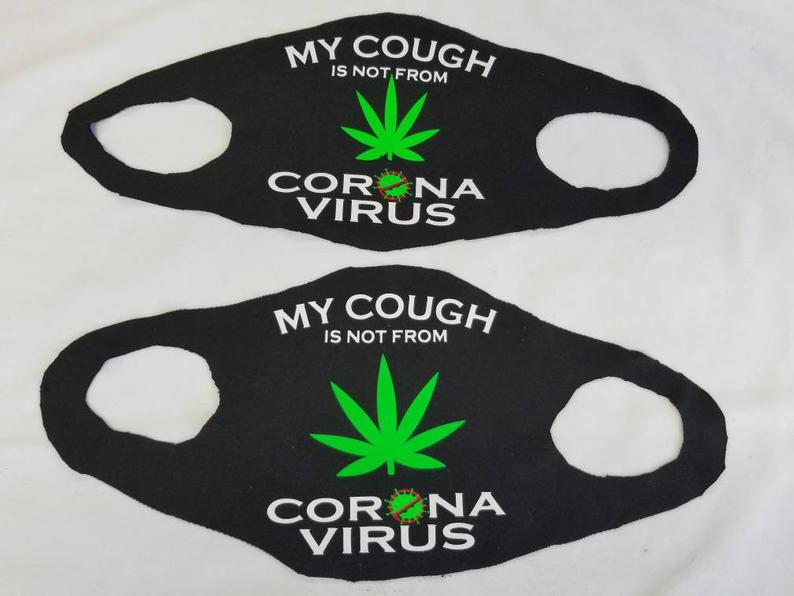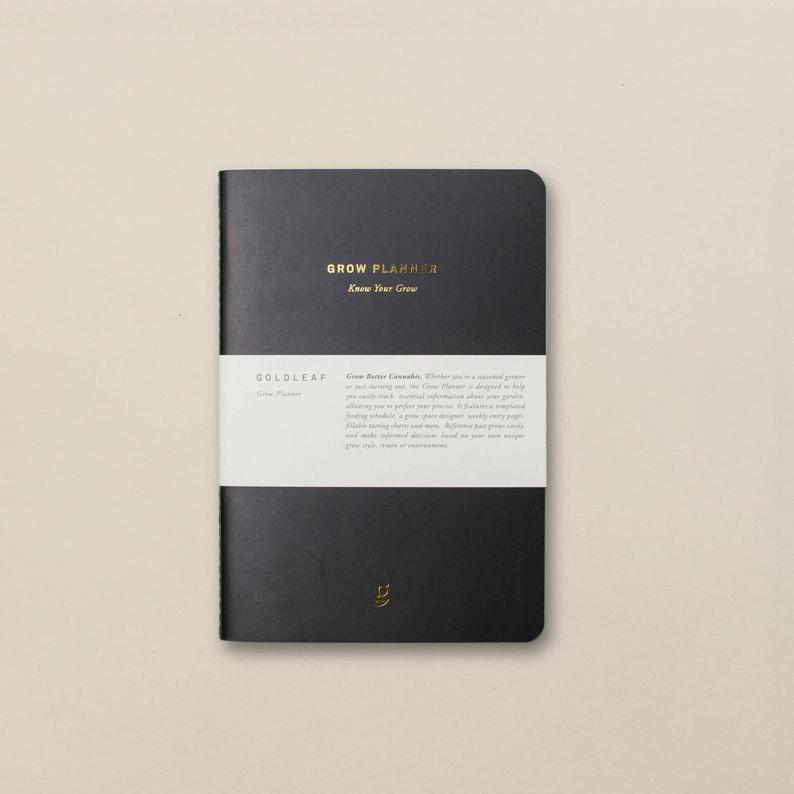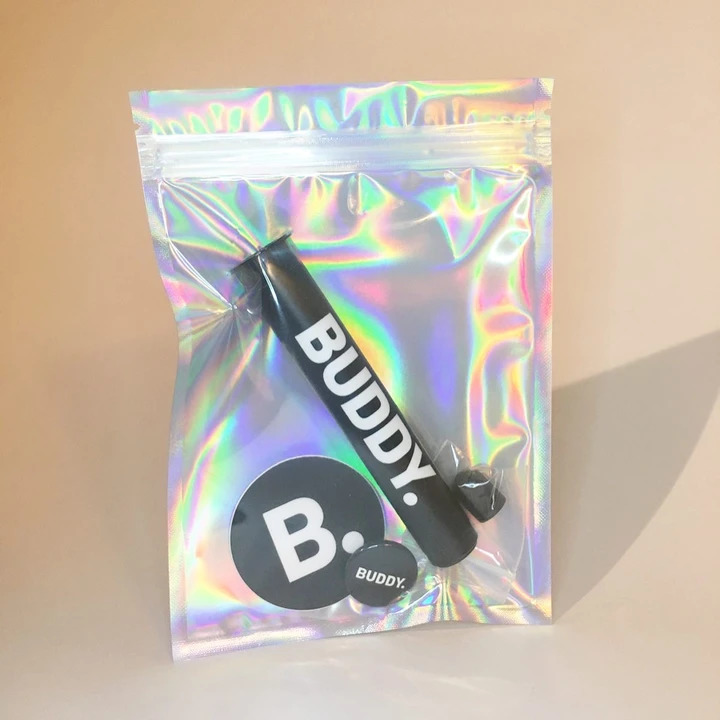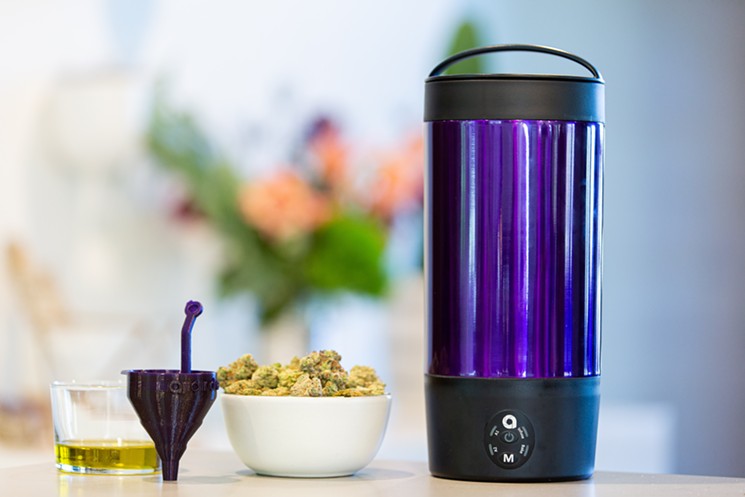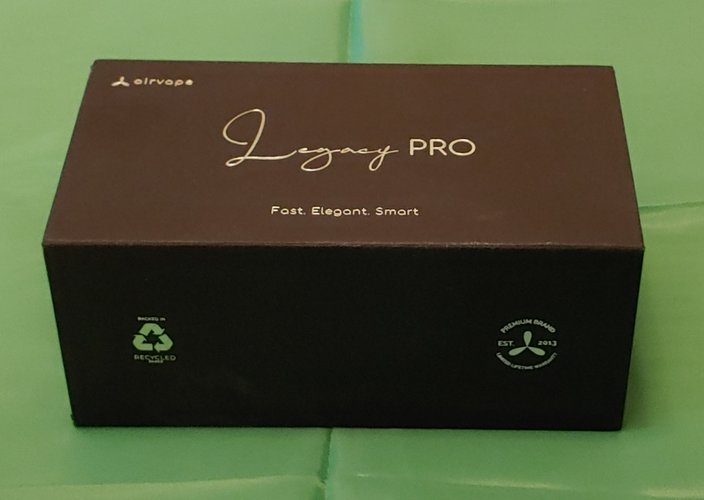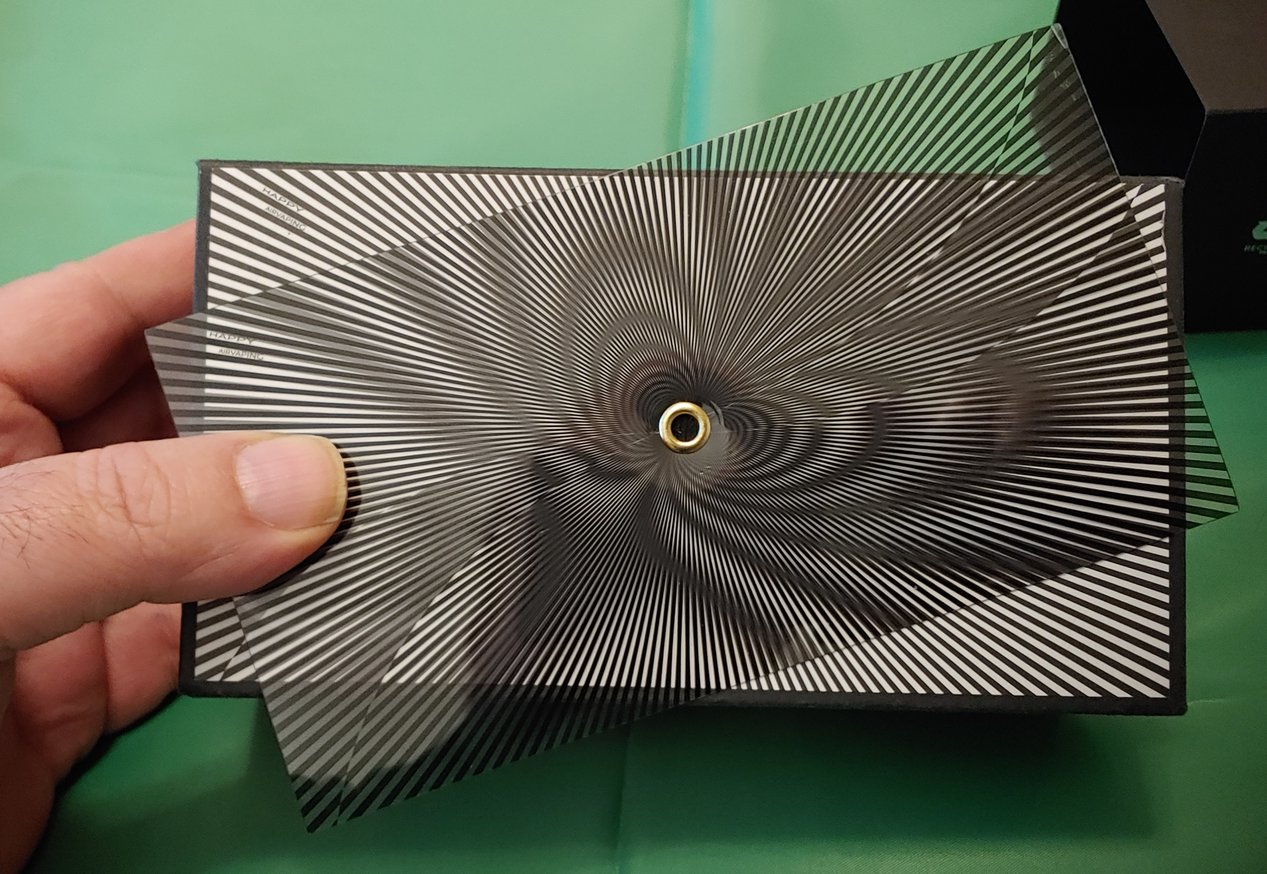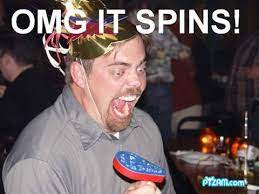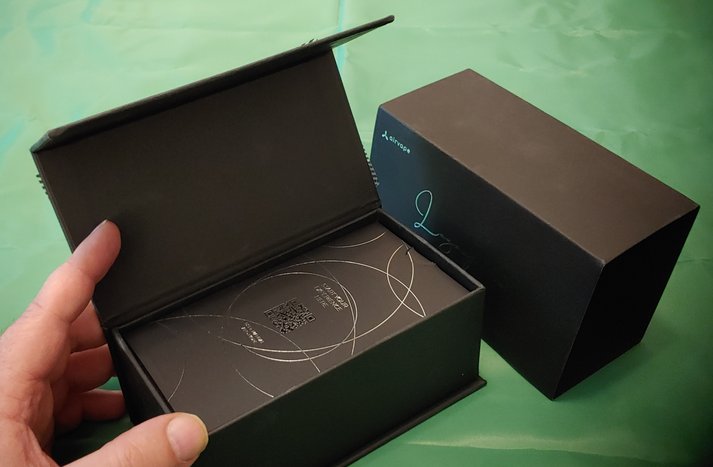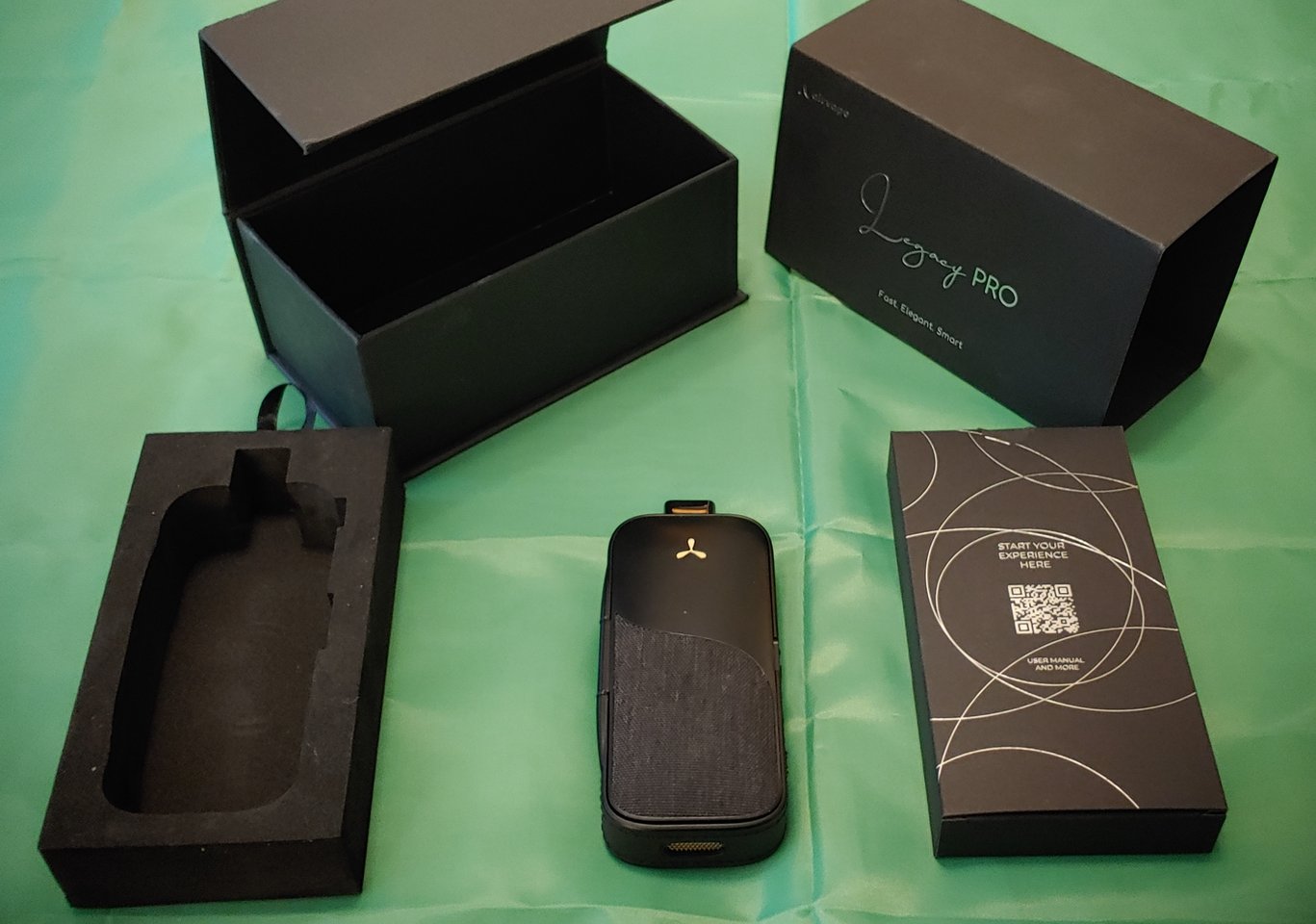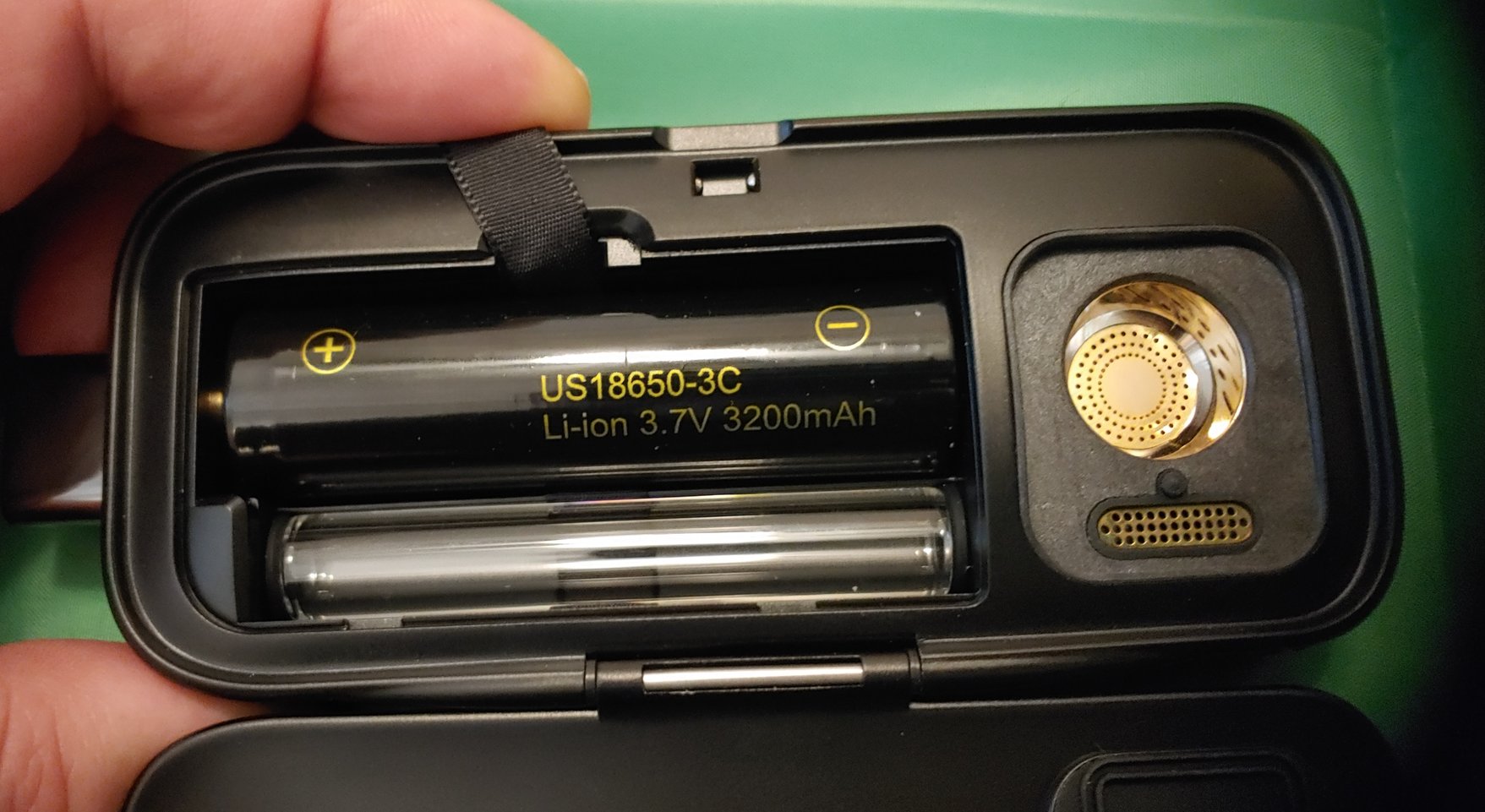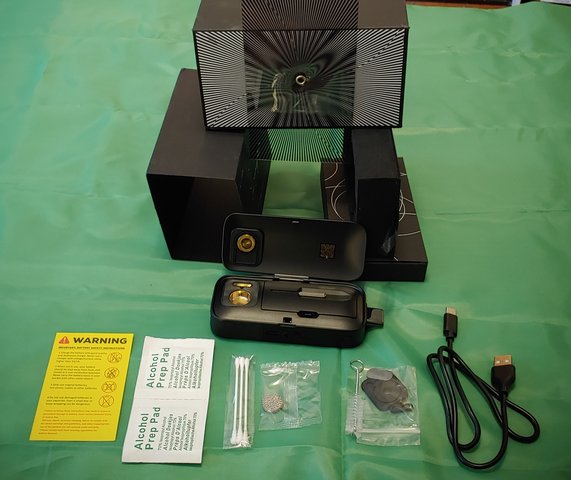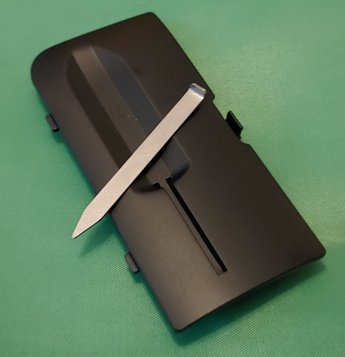Greetings, my cosmic blueberries!
This post is aimed to be a short, concise guide to the wide world of alternative cannabinoids. You see the alphabet soup of alt-cans at cannabis dispensaries, marijuana retailers, vape shops, and just about at every other gas station now. We’re here to break this down as simply as possible. Hopefully, as a conscientious and responsible cannabis consumer, you will find this guide useful as you shop for cannabis products, but meet an unfamiliar alt-can you haven’t tried yet.
Shout-out to the alt-cannabinoids subreddit on Reddit, a forum chock-full of cannabis chemistry experts. This guide is for newbies or old-school kids (like me!) Millennial to GenX (*grins*) to Boomers and beyond, who got used to smoking Just Plain THC Pot back in the day before they came out with all this new-fangled stuff.

DISCLAIMERS:
We Need Much More Cannabinoid Research
Everybody is different! How cannabinoids affect the individual vary from person to person, depending on factors like…
- weight
- BMI
- diet
- existing medical conditions
- metabolism
- medium of dosage (edible | concentrate | flower | vape)
In addition, there are “entourage effects” between different compounds. This means that 2 cannabinoids may combine to form a unique effect between the two of them, or cannabinoids may hit different if taken with full-spectrum terpenes, etc. The buyer should also beware: Not every extraction laboratory has altcan concentration down to an exact science. Check their laboratory test results – all reputable altcan dealers should post them. You should also beware of the placebo effect, where the power of suggestion can make you apply different standards to a new drug.

Defining Altcans (Alternative Cannabinoids)
The below is a layman’s blogger’s attempt to clarify the chemical mystery surrounding all this molecule talk. I have no organic chemistry, medical, nor other related degree; this is just based on research and then conveyed as simply as I can manage.
Defining altcans: ALL altcans we discuss here are “natural” alternative cannabinoids occurring in the marijuana plant itself. Up until the past recent decades when cannabis prohibition has tapered off in North America, most consumers just knew about “THC,” now known as “THC delta 9” or “THCD9” or even just “D9.” Altcans generally deal with cannabis base material which has had the THCD9 removed or with hemp grown to be low THCD9 in the first place. “Altcans” refer to everything but THCD9.
Bottom line: All naturally-occurring altcans are present in every bud of cannabis anyone has ever smoked, just in diminishing quantities. A typical cannabis plant as she grows from the ground might be, say, 25% THC, 35% CBD, 8% CBG, and then a bunch of little 1%-ers (including THCA, CBDA, etc.) trailing down the laboratory test sheet.
Just because the cannabinoid is naturally present in the plant doesn’t mean we can’t synthesize a cannabinoid from another one. Most altcans derive naturally from each other; e.g. leave THCD9 sit long enough and some of it will degrade to THCD8. Extraction laboratories may take something like CBD and tweak it into HHC, etc. Industrial-scale quantities of altcans are typically produced starting from another cannabinoid, CBD (always super-abundant in hemp), and then altering it through elementary processes.
When you see something like “delta 8/9/10” or added letters as in THC-O or HHC-O, those are isomers and acetates of THC. I am generalizing with a vengeance here, and don’t expect us to dwell on organic chemistry too long. But isomers are generally the same atoms as the original molecule but arranged in a slightly different configuration, while acetates – as I make it out this far – have a spare atom or two added to the molecule.
Bottom line: All altcans listed here are “natural” in that they are found in the plant. They are typically produced for consumers by simple process of altering CBD. These are no more “artificial” than the food coloring on your birthday cake this year. NO, that does not make them guaranteed harmless at any dosage – we never isolated all these cannabinoids (an estimated 100 or so discovered) from cannabis before and then consumed them in such quantities. Much more laboratory testing has to be done before we definitively conclude anything. Use your own prudence.

A Description of AltCan Effects:
I have an issue with cannabis descriptions. The consumer-level terms we see out there just don’t describe the true effects adequately. Cannabis effects need a new spectrum of descriptions to match this parade of altcans coming out in retail consumer cannabis industry products. These words are unhelpful:
- “high”
- “psychoactive”
- “Sativa” – “Indica” – “Hybrid”
The first is subjective. The altcan spectrum has a whole range of feelings and sensations; “high” just doesn’t cover it and is misleading. The second is an oxymoron; *every* altcan is a little bit psychoactive to some degree, in that it has an effect on your mental state. Even coffee and sugar and ginseng are psychoactive. As for the whole “sativa-indica” classification, every cannabis plant on Earth is a hybrid now anyway, and the thousands upon thousands of strains do not fall into three neat pigeon-holes.
INSTEAD, I’m using these words to describe cannabinoid effects, and urge you to copy and share:
- Euphoria – What people usually call the “high” part. Happy, giddy, giggly, manic
- Baked – The condition of feeling “too stoned.” Mental confusion, sluggish energy, possible anxiety or stupor
- Brain Fog – The mental state of confusion. Difficulty concentrating, forgetfulness, poor executive function
- Uplifting – A milder version of euphoria. Calming, meditating, focusing, happy
- Energizing – Giving you lots of energy. Stimulating, clear-headed, motivating
- Inspiring – A heady high which stimulates creative thinking. Clear-headed, focusing, good study aid
- Focusing – Almost feels like ADHD meds. Mental acuity, concentration, “work high”
- Psychedelic – A subjective state that rarely appears, this borders on “trippy” effects. Mental confusion, seeing or hearing things, difficulty focusing, spacey
- Couch-Lock – The sluggish feeling like you want to plop into the couch and not move. Laziness, relaxation, deep stress relief
- Therapeutic – A low-euphoria effect more focused on “body effects,” not much psychoactivity. Relaxing, pain relief, anti-inflammatory
- Recreational – The opposite of “therapeutic,” though you can have both. Fun, party, whoopie
- Drowsiness – It makes you feel sleepy. Sedating, calming, soothing
- Appetizing – Noted for giving you “munchies.”
Readers, you can add to this list in the comments below, if you note a pronounced effect tat is common across several altcans. Our descriptions are based on (a) my most educated guess as a scholar of cannabis, (b) consensus from other reports. However, we do not add new altcans to this list until several of our reviewers have tried them and a consensus of views can be reached.
We will try to add new altcans as time goes by, so check back!
Reminder one last time, I’m describing these primarily as they hit me, and secondarily how I see them reported by others. Take everything here as a subjective report.
The Cannabinoids:

THC delta 9
EFFECTS: Euphoria, brain fog, inspiring, appetizing
The big famous cannabinoid that needs no introduction here. This is the classic feeling of being “stoned.” THC by itself hits differently by itself, isolated, as in gummies that are not full spectrum. THC is a great recreational cannabinoid, but can lead to feeling too baked at high doses for some.

THCA
EFFECTS: Euphoria, brain fog, inspiring, appetizing
Even though THCA is a relatively recent offering in the cannabis market, THCA is simply the precursor to THC. The difference is, regular cannabis products are cured to help turn THCA into THC. THCA cannabis simply skips that step. There’s almost no difference since you convert THCA into THC whenever you burn or vape it. If you’re making edibles, you have to decarb the plant matter first, turning THCA into THC, because you can’t do that internally. SO, bottom line, THCA is simply “THC before you set it on fire,” and once consumed has identical effects to THC delta 9.

Delta 8
EFFECTS: Euphoria, inspiring, focusing
THC delta 8 is an isomer of THCD9, and all the “delta” cannabinoids are likewise. THCD8 hits exactly like half the effects of regular classic THCD9. In fact, you’ll find that delta 8 is rapidly becoming a popular alternative to THCD9. It keeps you in a great mood without slowing you down. It has no mental fog to speak of and is preferred by many for simply feeling like a less intense THCD9. At high doses, it starts feeling more like regular THC.

Delta 10
EFFECTS: Uplifting, brain fog, couch-lock, drowsiness
Another isomer of THC, THCD10 feels like another lesser-THC, but like you broke off a different piece of THC. Its euphoria is notably lower than either THCD9 or THCD8, but THCD10 also loads up on the more relaxing, baked effects of regular THC. It seems to have a shorter lasting effect, too.

HHC
EFFECTS: Euphoria, brain fog, psychedelic, couch-lock
HHC is the first of the cannabinoids people called “stronger than THC.” HHC is a heavy trip, and also seems to be the most variable among user reports, especially in different dosing mediums. At low doses, it feels very minor, but at high doses, it hits almost like a psychedelic. Usually HHC feels more intense than THC, but with more a “baked” feeling than a “stoned” feeling.

CBG
EFFECTS: Energizing, inspiring, focusing, uplifting
CBG is my nomination for top “nootropic” of cannabinoids. I call it the “scholar’s high” or some refer to it as a good “work high.” It enhances cognitive function and gives you a clear-headed, motivating head state. I find no short-term memory gaps or brain fog on CBG, making it the most unique among cannabinoids. Many users simply describe it like an espresso shot or Adderall.

CBD
EFFECTS: Focusing, therapeutic, drowsiness
CBD is the “no psychoactive” cannabinoid. You can take tons of CBD and not feel a thing mentally, but your body has never been more relaxed. Great at pain relief, soothing tension, and a general feeling of comfort. I notice my joints crack more on CBD, and it feels better to stretch. The most therapeutic cannabinoid, with a huge following for its non-high, medicinal effects.

CBN
EFFECTS: Drowsiness, therapeutic, couch-lock
CBN is another cannabinoid virtually missing the “head effects,” second only to CBD in therapeutic value. CBN is recommended for a sleep aid more than anything else. At lower doses it’s simply soothing and calming, a great stress reliever. At higher doses, it almost puts you in a trance.

THC-O

UPDATE: 02/20/2023 – The DEA has reclassified THC-O (in both its delta 8 and delta 9 forms) as a Schedule 1 drug, and there is now a safety advisory to the effect that cannabis acetates (such as THC-O, THC acetate ester) produce ketene, a harmful substance, when inhaled.
We do not recommend using THC-O until all the facts are in!
EFFECTS: Couch-lock, drowsiness, focusing
THC-O is an acetate version of THC. While there have been wild claims about THC-O, so far three of our own reviewers (including yours truly) feel almost nothing off THC-O. At higher doses I notice it does produce some brain fog and obviously even at low doses it’s relaxing, but it’s more on the “therapeutic” end than the “recreational” end. From what I gather from other reports, THC-O doesn’t seem to do much of anything.

HHC-O
EFFECTS: Uplifting, brain fog, psychedelic, drowsiness
HHC-O is an acetate version of HHC. Its effects hit similar to HHC, but in a mildly different way, with decreased euphoria but a pronounced spacey feeling. At higher doses, HHC-O is very foggy and couch-lock-prone. Some users report feeling “spaced out,” but like its cousin, HHC’s effects also have a broader spectrum of reported effects, probably varying by high and low doses.
Combinations of Cannabinoids!
Just when you were getting used to isolated altcans one at a time, along comes some manufacturer to hit you with this:

Great, that’s THCv, CBC, CBN, CBG, and CBD in one package! I tried these, and they hit pretty much like weed. When you get five or more altcans together, they start adding up to feel more like regular THCD9, which makes sense since most of them are components of the same molecule and attach to our receptors in complimentary ways.
The most common mixer is CBD. You almost can’t get an altcan product without some CBD tossed in there. Just about any kind of flower has high CBD as well as the rest of the cannabinoids they’re focusing on. The same goes for anything “full spectrum,” take CBD almost for granted.
Some cannabinoids also have their own entourage effect. For example, delta 8 (THCD8) plus CBG feels like a new sensation that is more than the sum of its parts, but generally a high-minded euphoria which is uplifting and inspiring. Some altcans are antagonists of others, counter-acting the effects of one until high doses, where it replaces the suppressed effects with its own effects.
It gets weird!
DISCLAIMER: We’re trying a new thing here, with a new standard for describing altcan effects. This list is bound to variance and subjective impressions – like we say, one person’s bunk trip is another person’s panacea. We have years to go before we sort it all out yet.



